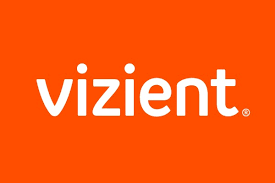Survey: Drug shortages impact hospital labor costs
Editor's Note
Hospitals spent nearly $900 million in labor last year managing drug shortages, dedicating over 20 million hours to activities such as sourcing alternatives, updating systems, and communicating with care teams, according to a new Vizient survey published June 17.
Conducted in late 2023 and detailed in Vizient’s June report “Beyond the shortage: The hidden cost of drug supply chain disruptions,” the survey captured responses from 132 US health systems. Collectively, those organizations monitored a median of 43 active shortages at any given time in 2023, with some sites managing up to 70. Pediatric hospitals reported roughly 25% more shortages than general acute care facilities, according to the survey.
Compared to Vizient’s 2019 survey, the labor impact more than doubled. In general acute care facilities, hours spent managing shortages increased from 10.5 to 24.2 hours per week. Pediatric hospitals reported an average of 35.4 hours per week—nearly triple the 12.3 hours previously reported. Vizient estimates the cumulative labor cost across participating hospitals reached $894 million in 2023, up from $359 million in 2019.
The disruptions extended beyond labor. According to the survey, 43% of respondents reported medication errors related to drug shortages, a rise from 38% in 2019. Additionally, 27% experienced disruptions to patient care. Among respondents with outpatient infusion centers, 41% said those sites had been affected by shortages. Vizient reports that many organizations described increased workloads, financial losses, and heightened stress among clinical staff.
The financial strain was not limited to labor. The survey found that 74% of facilities exceeded their pharmacy budgets due to shortage-related costs, nearly matching the 75% reported in 2019. Organizations also reported greater reliance on secondary distributors, whose prices averaged 214% higher than primary vendors. Vizient notes that this cost differential exacerbates overall budget pressure.
To mitigate these effects, many facilities adopted internal shortage alert systems, purchased additional inventory, and leaned on supplier-diversification strategies. Vizient reports that its own programs, including Novaplus Enhanced Supply and NES Reserve, have collectively made more than 4 million additional units available to member hospitals since 2021. The programs also enabled $300 million in avoided inventory carrying costs in 2023 alone.
Read More >>

 Free Daily News
Free Daily News